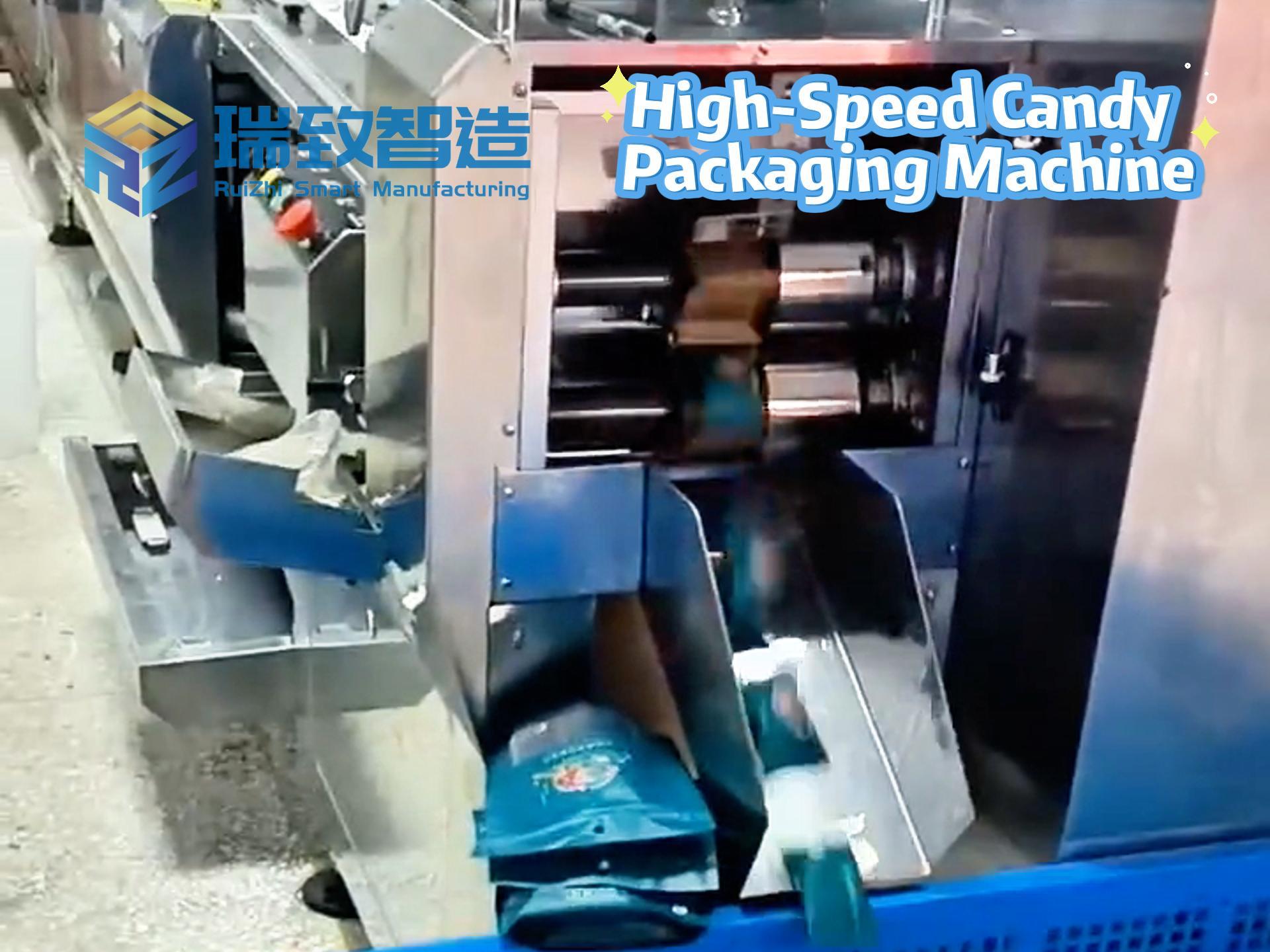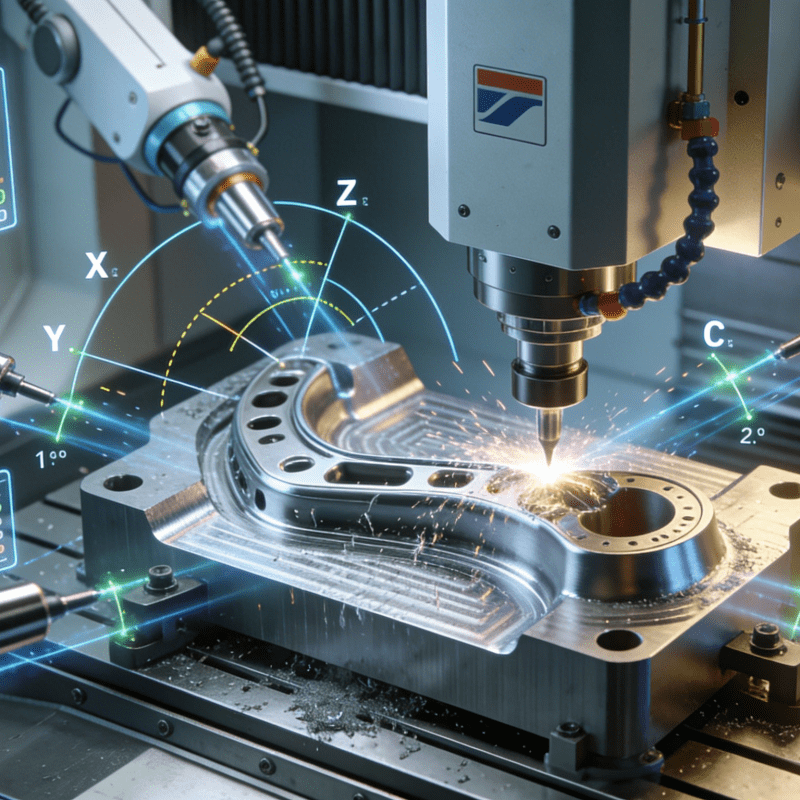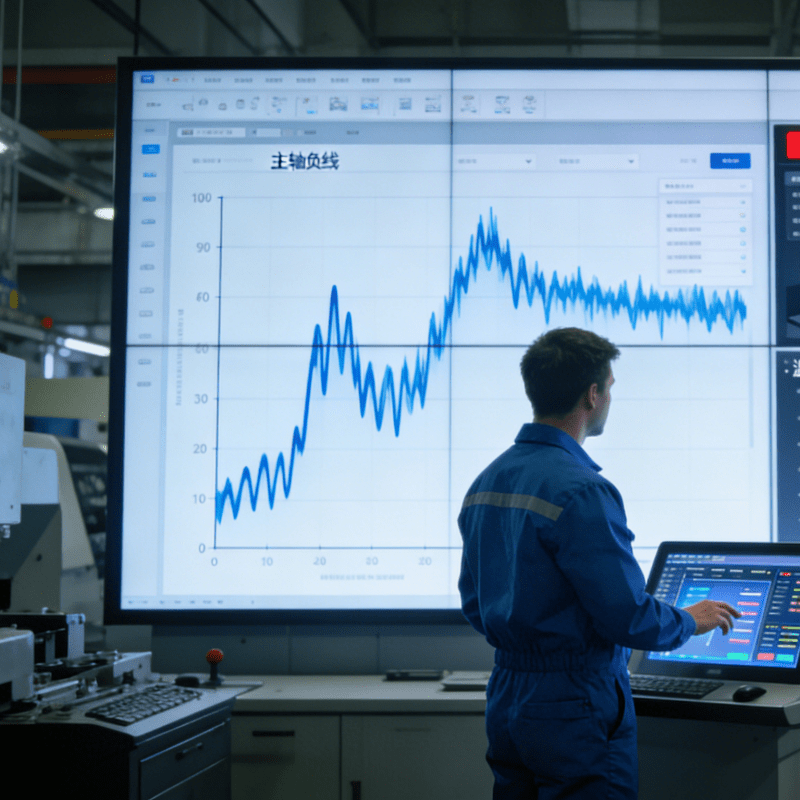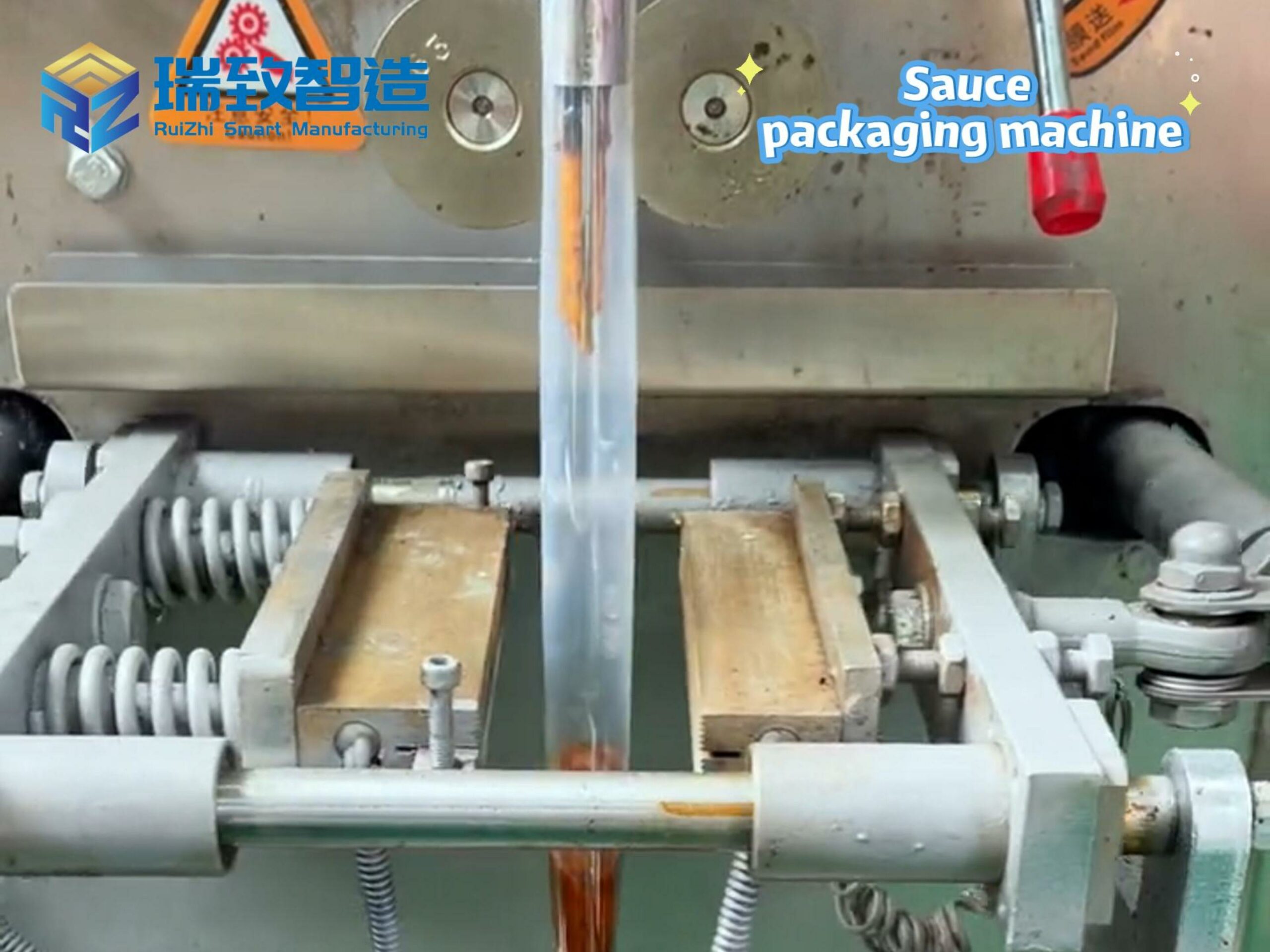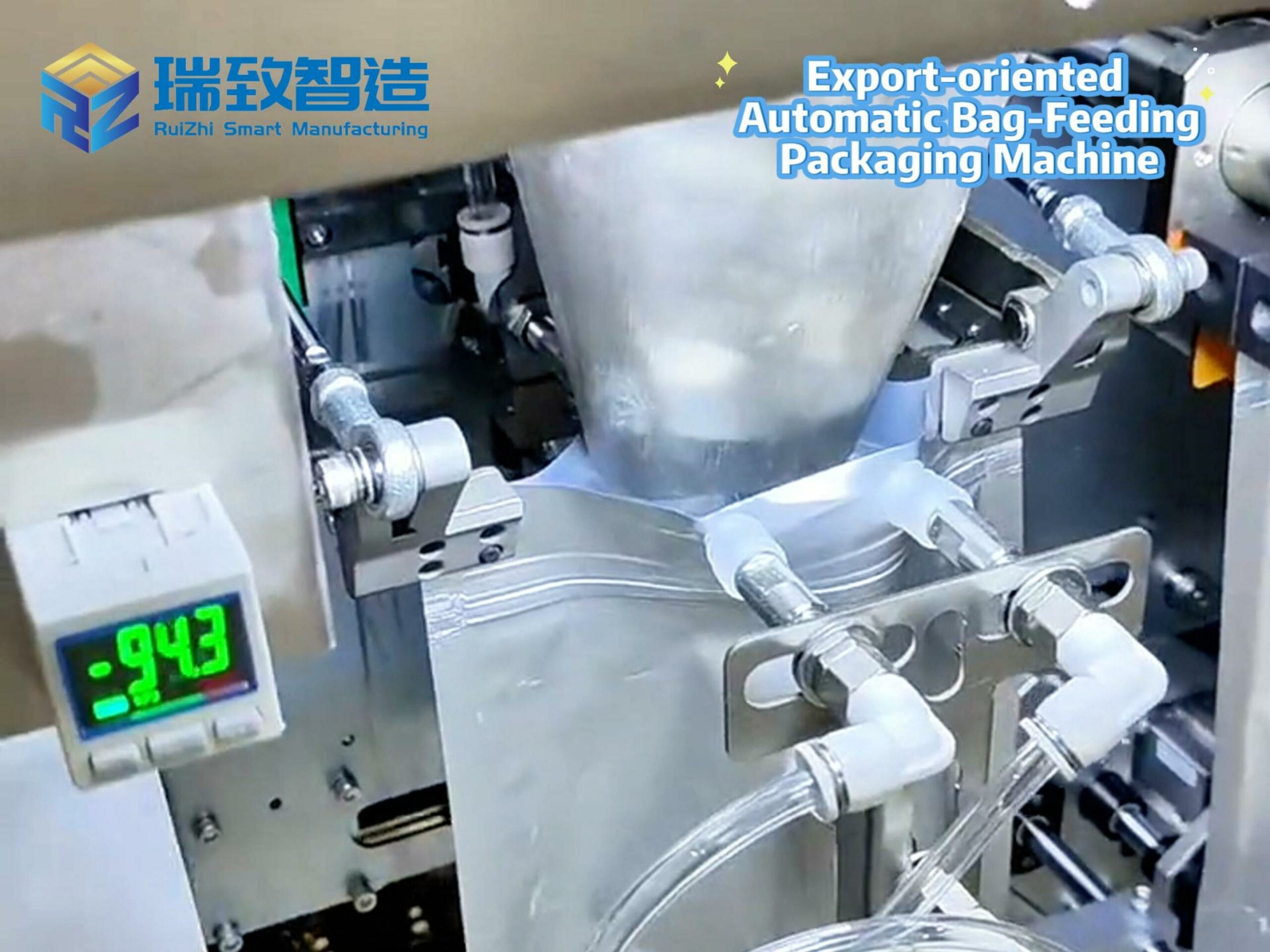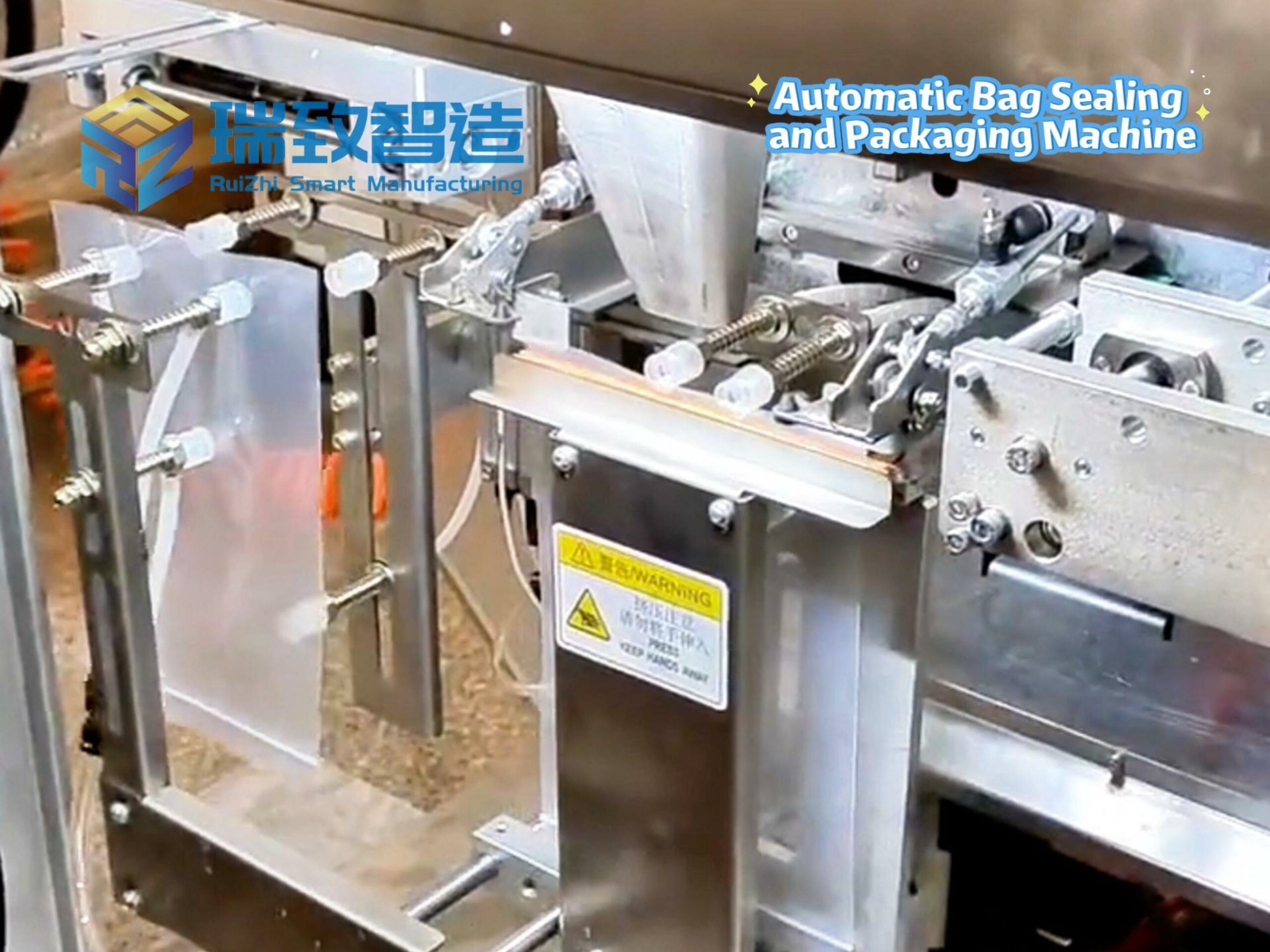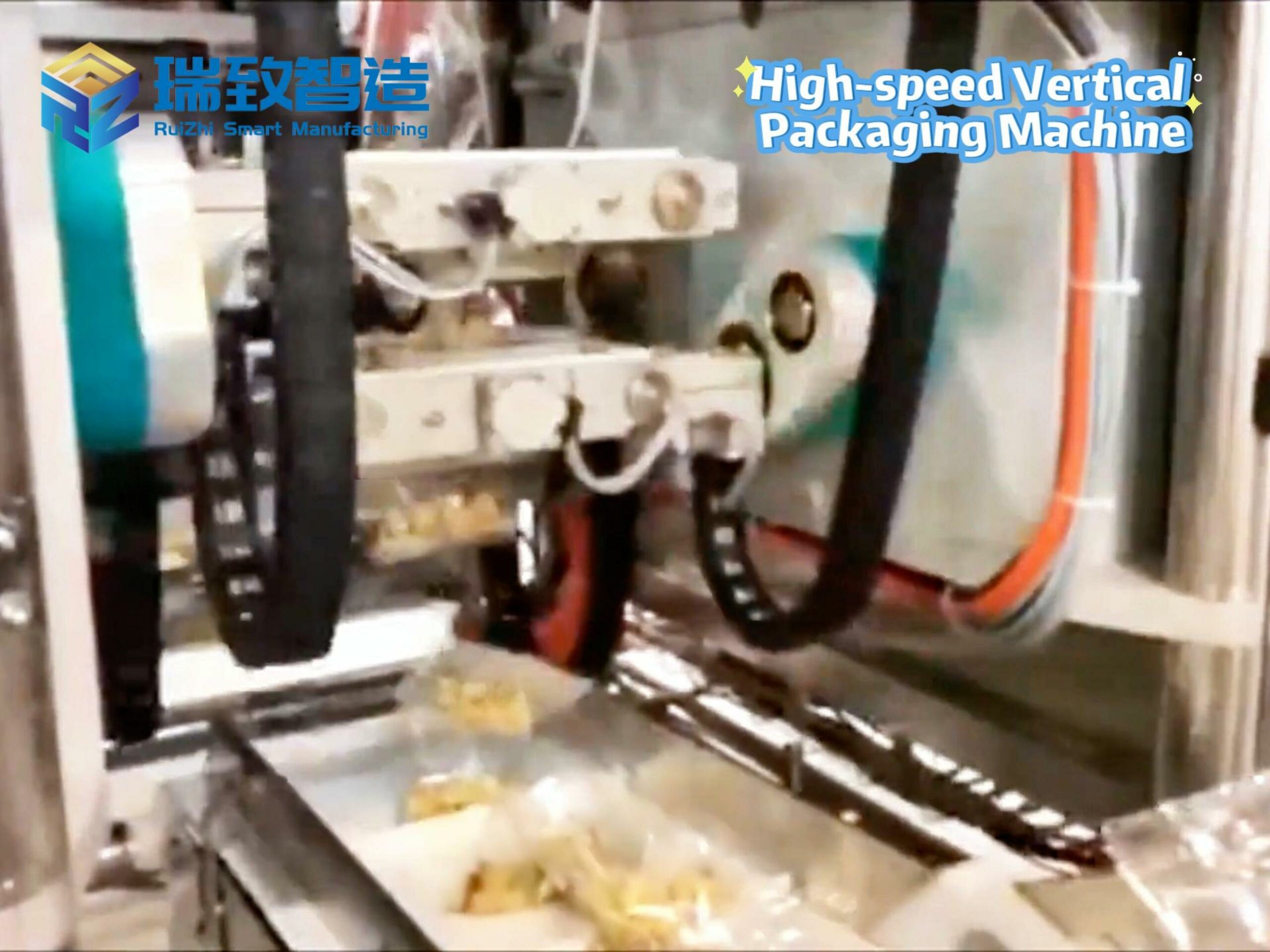Technical Breakthroughs of Non-Standard Automation Equipment: 5 Core Technologies and Future Evolution Directions
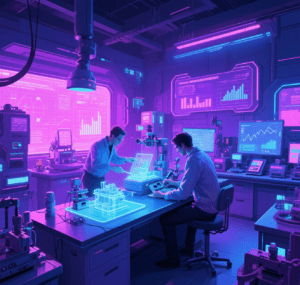
Introduction: When Precision Demands Break Through the “Human Eye Limit”—How Technology Reshapes the Boundaries of Non-Standard Equipment
In new energy battery production, the alignment precision of pole piece lamination needs to be controlled within ±0.02mm (about 1/3 of a human hair), a physical limit for traditional mechanical positioning. A leading battery enterprise introduced “binocular vision guidance + force-controlled servo” technology, using algorithms to rectify lamination deviations in real-time, increasing the yield rate from 92% to 99.8%. This confirms a fact: the core competitiveness of non-standard automation essentially lies in the “dimensionality reduction strike” of technological breakthroughs. This article decomposes 5 core technologies to reveal how they break through the boundaries of production capacity, precision, and flexibility.
I. Vision Technology: The Cognitive Revolution from “Seeing” to “Understanding”
▶ Technical Analysis: Hardware + Algorithm Build the “Industrial Eye”
Hardware Layer:
High-precision cameras (e.g., Basler 5MP, precision ±0.01mm) paired with telecentric lenses (eliminating perspective distortion) enable micron-level imaging;
3D structured light (e.g., Keyence LJ-G series) scans curved surfaces with point cloud data density reaching 0.1mm/point, suitable for detecting folding-screen phone frames;
Algorithm Layer:
Defect detection: Lightweight model based on YOLOv8, detection speed 120ms/frame, missed detection rate ≤0.1% (5% for traditional rule-based algorithms);
Visual positioning: Achieves robotic arm grabbing with ±0.02mm precision through NCC template matching + perspective transformation (e.g., Die Bonding in chip packaging).
▶ Application Breakthrough: The “Micron-Level War” in 3C Electronics
A smartwatch strap welding line adopts a “linear array camera + laser height measurement” combination:
Detects strap curvature (tolerance ±0.05mm) and guides the laser head to dynamically adjust the welding angle;
Generates 3D point cloud maps in real-time, compares with CAD models, and automatically rejects out-of-tolerance products;
Yield rate increased from 85% to 99.2%, reducing 1.2 million defective products annually per line and saving 3 million RMB in costs.
▶ Future Evolution:
Multimodal fusion: Integrating vision, laser, and infrared data to solve detection challenges for complex lighting and transparent materials (e.g., glass covers);
Edge-cloud collaboration: The edge completes 95% of real-time detection, while cloud AI models continuously iterate (e.g., automatic learning of new defect types).
II. Force Control Technology: The Tactile Evolution from “Rigid Execution” to “Flexible Interaction”
▶ Technical Analysis: The “Tactile Revolution” of Force Sensors + Servo Systems
Core Components:
6D force sensor (e.g., ATI Nano17, resolution 0.01N) collects force/torque data in real-time with accuracy up to ±0.1% FS;
Force control algorithm: Based on impedance control theory, realizes dynamic compensation of “contact force-position” (e.g., pressure control ≤±0.5N in precision assembly);
Typical Scenarios:
Screen bonding in 3C electronics: Pressure controlled at 8-12N to avoid bubbles (traditional mechanical pressing has pressure fluctuation ±5N, bubble rate 5%);
Catheter assembly in medical devices: Force-controlled robotic arms sense 0.2N resistance changes to prevent catheter deformation (manual operation error rate 12%).
▶ Application Breakthrough: “Flexible Manufacturing” in New Energy
A lithium battery pole ear welding equipment integrates a “force-controlled pressing + laser welding” system:
The pressing mechanism automatically adjusts pressure (5-15N) according to pole piece thickness (0.05-0.1mm) to avoid piercing the separator;
Real-time monitoring of contact force fluctuations during welding, automatic pause when exceeding the threshold (±1N), reducing welding defect rate from 8% to 1.2%;
Compatible with multiple pole piece models (18650/21700/4680), model change time reduced from 30 minutes to 5 minutes.
▶ Future Evolution:
Soft robot technology: Bionic silicone robotic arms achieve ±0.5N force control through pneumatic drive, suitable for non-destructive grabbing of irregular parts (e.g., curved glass);
Human-machine collaboration: When force-controlled equipment senses human contact (e.g., 5N thrust), it automatically decelerates to a safe speed (0.2m/s) to enhance collaboration safety.
III. AI Algorithms: The Intelligent Leap from “Preset Rules” to “Autonomous Decision-Making”
▶ Technical Analysis: Machine Learning Reconstructs Industrial Logic
Path Planning:
A* algorithm optimizes robotic arm movement trajectories, reducing idle cutting time by 30% (e.g., complex surface grinding, traditional path 120s → AI-planned 80s);
Reinforcement learning (PPO algorithm) dynamically adjusts sorting strategies, increasing multi-SKU sorting efficiency by 25% (e.g., multi-specification order processing in e-commerce warehousing);
Quality Prediction:
LSTM neural network analyzes “pressure-temperature-time” data, predicting virtual soldering risks 2 hours in advance (accuracy 92%), replacing traditional sampling inspection (sampling rate 5% → 0%).
▶ Application Breakthrough: “Customized Production” in Smart Home
An intelligent lock automatic detection line deploys a “multimodal AI detection system”:
Vision identifies lock core holes (±0.1mm), NLP parses user input unlocking commands, and voice recognition verifies response time (≤500ms);
Abnormal data (e.g., 3 consecutive fingerprint recognition failures) triggers the XGBoost model to automatically trace the correlation between “sensor deviation-algorithm parameters-assembly process”, reducing root cause 定位 time from 2 hours to 10 minutes;
Supports detection of 100+ intelligent lock models, requiring only importing product parameter tables for model changes, no reprogramming needed.
▶ Future Evolution:
Self-programming robots: Through natural language interaction (e.g., “add a new phone case sorting”), AI automatically generates motion trajectories + control logic, reducing programming time from 8 hours to 30 minutes;
Digital twin training: Simulate 100,000 extreme working conditions with GAN networks in virtual production lines to train equipment robustness (e.g., adaptability to voltage dips and material tolerance variations).
IV. Modular Design: The Efficiency Revolution from “Custom Development” to “Building Block Assembly”
▶ Technical Analysis: “Plug-and-Play” of Standardized Modules
Module Classification:
Mechanical modules: Universal gantry (load 10-50kg), quick-change fixtures (3-second tool change, patent No. CN2023XXXXXX);
Control modules: Siemens S7-1500 PLC (pre-integrated with 20+ industry control algorithms), Beckhoff TwinCAT system (supporting EtherCAT bus plug-and-play);
Functional modules: Vision detection unit (including light source + camera + algorithm, standardized interface), sorting unit (supporting 30-100 pieces/minute sorting speed);
Design Tools:
SolidWorks library integrates 500+ standard part models, with module fit tolerances controlled at ±0.02mm;
EPLAN electrical design software predefines 20 industry electrical solutions (e.g., exclusive power distribution modules for 3C electronics/new energy).
▶ Application Breakthrough: “Compliant Rapid Delivery” in Medical Devices
A syringe piston assembly line adopts a combination of “cleanroom module + force control module + vision module”:
Cleanroom module (ISO 5 class, pre-certified to FDA standards) purchased directly, shortening cleanroom design cycle by 45 days;
Force control module (pressure control ±0.1N) and vision module (angle detection ±0.5°) interconnected via standardized interfaces, reducing debugging time from 30 days to 10 days;
From signing to delivery in only 120 days (traditional non-standard projects require 180 days), cost reduced by 25%.
▶ Future Evolution:
Parametric configuration: Adjust module parameters (e.g., robotic arm stroke, camera exposure time) through HMI interface to achieve “one module adapting to 10+ product specifications”;
Digital thread technology: Each module carries a “digital passport” (including design parameters and operation data) to support full lifecycle traceability (e.g., predicting module remaining life).
V. IoT and Digital Twin: Building an Ecosystem from “Information Silos” to “Universal Interconnection”
▶ Technical Analysis: Data-Driven “Virtual-Physical Symbiosis”
IoT Layer:
Equipment equipped with MQTT protocol gateways, real-time uploading of 20+ parameters (e.g., spindle speed, energy consumption, yield rate), data delay ≤50ms;
Edge computing box (e.g., Advantech UNO-2483) processes 80% of real-time data, triggering shutdown within 0.1 seconds for abnormal signals (e.g., vibration >8g);
Digital Twin Layer:
Build 3D equipment models with Unity/UE engines, synchronously mapping physical states (e.g., robotic arm joint angle error ≤0.1°);
Simulate the impact of different process parameters (e.g., welding temperature ±5℃) on yield rate to find the optimal solution (e.g., a parameter combination increasing yield by 2.3%).
▶ Application Breakthrough: “Predictive Production” of Auto Parts
A bearing grinding machine deploys an “IoT + digital twin” system:
Sensors collect grinding force (±0.5N) and wheel wear (±0.01mm) data in real-time, with the digital twin model predicting 4 hours of remaining wheel life and triggering tool change in advance;
Equipment OEE (Overall Equipment Effectiveness) increased from 65% to 85%, grinding fluid consumption reduced by 20%, annual operation and maintenance costs decreased by 400,000 RMB;
Remote diagnosis function (engineers view equipment status through VR glasses), fault handling time reduced from 48 hours to 6 hours.
▶ Future Evolution:
Metaverse factory: Through Web3D technology, clients “debug” non-standard equipment in virtual space (e.g., dragging product models to automatically generate adaptation solutions);
Self-optimizing ecosystem: Equipment clusters share data through federated learning for collective evolution (e.g., sorting algorithm optimization in one factory automatically synchronized to same-model equipment).
VI. Technology Integration Trends: From “Single Breakthrough” to “System Evolution”
“Precision Assembly Trident” of Vision + Force Control + AI:
Chip packaging in 3C electronics: Vision positioning (±0.005mm) → force-controlled pressing (±0.2N) → AI quality prediction (defect recognition rate 99.9%), constructing a zero-defect assembly system;
“Rapid Customization Engine” of Modularization + Digital Twin:
Multi-specification battery production lines in new energy: Through module combination (2 days for hardware setup) + digital twin debugging (3 days for parameter optimization), delivery cycle compressed to 1/3 of traditional solutions;
“Transparent Supply Chain” of IoT + Blockchain:
Compliant production in medical devices: Equipment data stored on the blockchain (e.g., assembly pressure, environmental temperature/humidity), meeting FDA 21 CFR Part 11 electronic signature requirements, audit time reduced from 2 weeks to 2 hours.
Conclusion: The technical breakthrough of non-standard automation is essentially a chemical reaction between “industrial know-how” and “cutting-edge technology”—vision breaks through human eye limits, force control endows machines with flexibility, AI reconstructs decision logic, modularization solves customization dilemmas, and digital twins connect virtual and physical worlds. When these technologies form a “technology cluster”, non-standard equipment is no longer a product of “one-time customization” but an evolvable, reusable, and predictable “intelligent agent”.
(Next Preview: “Selection Guide for Non-Standard Automation Equipment: 5 Dimensions and 30 Evaluation Indicators for Clients”, constructing a scientific selection framework from perspectives of requirement matching, technical maturity, and supplier capability to avoid “pitfalls” and investment waste.)
“epson scara high speed” “epson 6-axis robot” “Epson six-axis robot”

